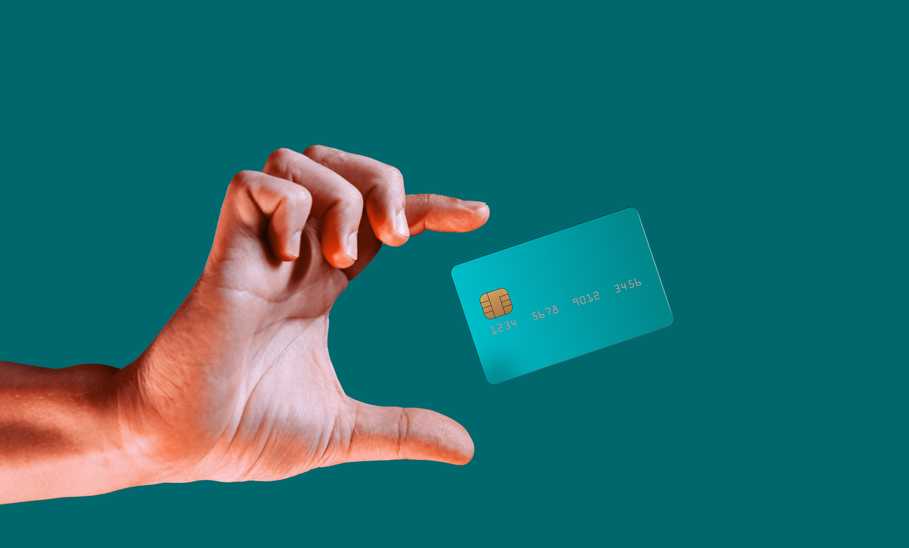The credit card market in the United States has undergone significant changes in recent years, and 2025 is shaping up to be a landmark year in terms of innovation, user experience, and financial integration. With consumers more informed and demanding than ever, credit card issuers are adapting rapidly to meet new expectations.
This in-depth look at the latest trends reveals how the US credit card landscape is changing in five core areas. From the integration of artificial intelligence to the growing emphasis on sustainability and financial inclusion, each trend offers a glimpse into the future of consumer finance in America.
AI is redefining personalization in card services

Artificial intelligence is no longer just a futuristic concept—it’s now embedded in nearly every aspect of credit card services. In 2025, AI is being used extensively to analyze consumer behavior, detect fraud in real-time, and provide highly personalized offers and spending insights. As more consumers expect tailored financial products, AI-driven engines are delivering experiences that feel intuitive and customized to individual lifestyles.
One of the most noticeable applications of AI is in reward management. Instead of generic cashback or travel points, consumers are now receiving rewards that adapt to their current spending categories. If someone starts spending more on groceries or rideshare services, the card’s AI engine can automatically shift rewards structures to match those behaviors.
Fraud detection has also reached new heights with AI systems monitoring millions of transactions simultaneously. These algorithms not only identify irregular activity but also learn from user behavior to reduce false positives. As a result, users experience fewer disruptions while enjoying a higher level of security. In this landscape, AI is not just a backend tool—it’s becoming central to how consumers experience and trust their credit cards.
Sustainability is now a priority in cardholder benefits
Sustainability has transitioned from being a niche consideration to a mainstream value among American consumers. In 2025, credit card companies are responding by embedding environmental and social responsibility into their offerings. This trend is visible in everything from the materials used in card production to the types of rewards being promoted.
Moreover, cardholders are increasingly able to support eco-friendly initiatives through their spending. Some issuers offer bonus points when users make purchases with sustainable brands or donate a portion of every transaction to environmental causes. Others allow consumers to track the carbon footprint of their purchases directly within the app, promoting greater awareness and accountability.
This shift toward sustainability is also evident in partnerships. Banks and fintechs are teaming up with climate-focused startups and NGOs to deliver value that aligns with customer values. Whether through carbon offsets, investment in renewable energy projects, or exclusive offers from ethical companies, the credit card industry is embracing a model where spending power supports a greener future.
Flexible credit and hybrid financial products are on the rise
The traditional credit card model—offering a set limit and monthly repayment structure—is evolving rapidly in 2025. One major trend is the emergence of hybrid financial products that blend the features of credit cards, personal loans, and buy-now-pay-later (BNPL) options. Consumers today want flexibility, and issuers are responding by offering dynamic credit models that adapt to individual cash flow and repayment preferences.
For example, many credit cards now include embedded installment features, allowing users to split large purchases into fixed payments directly from the card interface. Unlike traditional balance transfers or personal loans, these installments come with clearer terms and lower interest rates, making them more appealing.
Another notable innovation is on-demand credit limit adjustments. Rather than waiting for a manual review or customer request, AI systems can pre-approve temporary limit increases during peak spending periods, such as holidays or travel. This feature reduces friction while still maintaining responsible lending practices. With these flexible structures, credit cards in 2025 feel more like dynamic financial tools than rigid payment methods.
Security innovations are setting new standards
Security has always been a core concern for credit card users, but in 2025, it’s undergoing a transformation driven by new technologies and evolving threats. Biometric authentication, tokenization, and advanced encryption are no longer optional—they’re expected by users. As fraud techniques become more sophisticated, card issuers are deploying equally advanced solutions to stay ahead.
Biometric verification is now widely used not only for logging into mobile banking apps but also for authorizing transactions. Facial recognition, fingerprint scanning, and even voice authentication provide layers of protection that passwords and PINs simply can’t match. These methods enhance both convenience and confidence, especially for users managing their cards via smartphone.
Another area of innovation lies in virtual card technology. Many credit cards now generate unique virtual card numbers for each online purchase, reducing the risk of data breaches and misuse. These numbers expire after a single use or a set period, adding a new dimension of security for e-commerce shoppers.
Financial inclusion and accessibility are shaping the future
One of the most impactful trends in 2025 is the focus on financial inclusion. For decades, credit cards were primarily available to consumers with strong credit histories and stable incomes. Today, the landscape is broadening as issuers develop products for underserved populations, including young adults, immigrants, and gig workers. The goal is no longer just profitability but accessibility and empowerment.
Many banks are launching secured and starter credit cards with no annual fees and low barriers to entry. These cards help users build or rebuild credit responsibly while enjoying access to digital tools for budgeting and financial literacy. Some fintech companies go a step further by integrating credit education directly into their app experience, helping users understand their credit score, interest calculations, and best repayment practices.
Conclusion: adapting to a smarter and more inclusive financial era
As we navigate through 2025, it’s clear that the credit card industry in the United States is undergoing a profound transformation. Innovations driven by technology, sustainability, flexibility, and inclusiveness are not just reshaping products—they’re redefining how consumers interact with credit altogether. The future of credit cards lies in their ability to serve as dynamic, personalized financial tools that offer more than just transactional value.
Consumers now expect more control, smarter features, and values-driven experiences. Issuers that adapt to these expectations are not only staying relevant but setting new industry standards. Whether it’s through AI personalization, eco-conscious rewards, flexible repayment options, or expanded access, the credit cards of 2025 reflect a broader shift toward intelligent and ethical finance.






